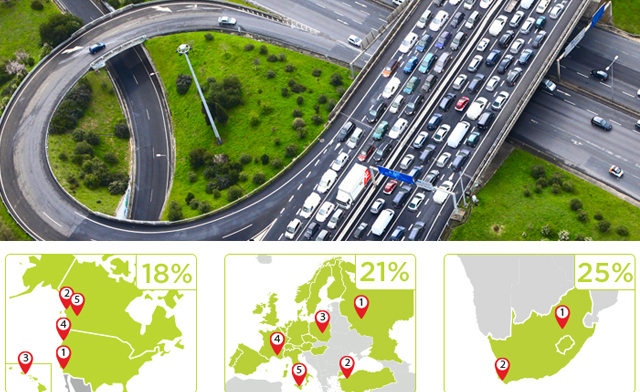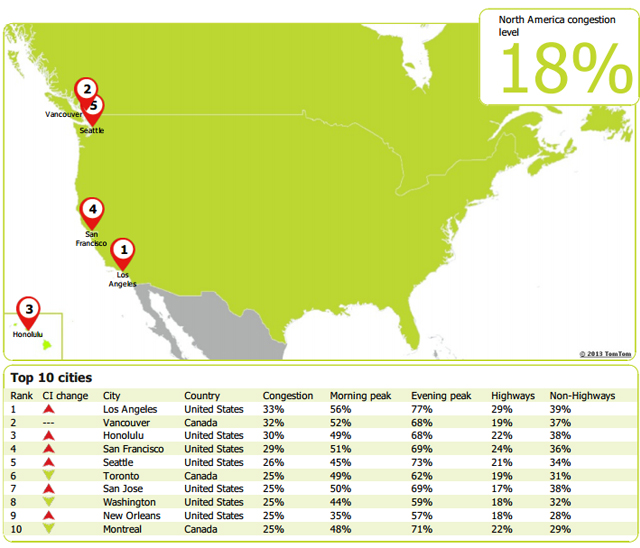
Update: I’m switching to LA Fitness! They have fewer locations than GoodLife, which may not make them an option for everyone, but their rates are better and their clubs are quite nice! I went with the $49.99 upfront and $34.99/month plan. Much better than the $56/month plan I was on with GoodLife. Ripoff!
I just got off the phone with a customer service rep from GoodLife and no matter how much water I drink, I cannot wash this horrendous taste out of my mouth.
I have dealt with many customer service call centres but none as bad as GoodLife’s. The company is completely ignorant to proper customer service. Some companies like Bell, have recently made tremendous strides in customer service and I couldn’t be happier. GoodLife Fitness, on the other hand, has such poor business practices it’s laughable.
Let’s set the picture – a GoodLife employee fills out my information wrong (both my banking information as well as my address) and then try to slam me with a huge bill after a couple of months because of their error. I was confronted rudely about not having made my payments, when all the while I had assumed it was a 3 month trial. Of course, the employee that set me up has been fired and therefore is not available to take any of the blame and GoodLife refuses to take responsibility for any of it.
GoodLife Fitness sucks.
So I call in. After waiting on the phone for an HOUR I am eventually treated to their horrendous business practices.
“Can I speak with you manager?”
“I’m sorry, we don’t escalate calls here.”
You don’t escalate calls? Are you serious??? Never have I called in and been presented with a single opinion on my situation. It is maddening to speak with someone that refuses to help you with no one else to turn to and it is certainly disgusting customer service to do so.
Being a little optimistic:
“Can we please start from scratch and treat it as a 3 month trial since you guys messed up?”
“No.”
Being reasonable:
“Can you please help me by spreading out the cost over the remainder of my payments so I don’t bite the bullet for your mistake?”
“No.”
What GoodLife doesn’t understand is that I can be tremendously loyal if I am treated well. Instead, like many others, I have been burned. They may get their money from me eventually but they’re giving up a lot of future business when I quit. How much do I owe you ask? $200. A penny to them but a lot more to me. Apparently a happy customer is worth less than $200 to them,
P.s. I miss my old community centre so much. They had really nice staff and everything I need for half the cost. I highly recommend you check out a community centre in your area – they are much better than you would believe. These corporate gyms are absolute garbage and you will likely get burned sooner or later.
Other reasons GoodLife sucks
- Machines that are always broken. There have been times when I have come in and as many as 10 treadmills have been simultaneously broken. How do they let that happen?
- High turnover. They are clearly doing something wrong with their HR since the person that signed me up didn’t even last two weeks after I started at the gym.
- Pricey.
- Broken lights??? The light in the men’s sauna has been out for 2 weeks. Many people stopped using it as a result while others tried to find their way in the dark. Management has been alerted numerous times of the issue. How long does it take to replace a light? GoodLife Fitness sucks!
Here are some other angry people at GoodLife Fitness if you want to join in and share your struggle:
- http://amplicate.com/hate/goodlifefitness
- http://www.complaintsboard.com/complaints/goodlife-fitness-london-ontario-c116197.html
- http://forums.anandtech.com/showthread.php?t=1978134
- http://www.complaintsboard.com/complaints/goodlife-fitness-fredericton-new-brunswick-c196188.html
Update: Courtesy of Dave in the comments, here are some links to legal information that you may want to consider if you will be fighting with GoodLife:
Government of Ontario :: Know your rights
Consumer Protection Act
The consumer protection act is a legal document so if anyone doesn’t have strong language skills don’t get discouraged. Find a friend, a teacher or legal student or professional. Stand your ground on the issue.
















You must be logged in to post a comment.